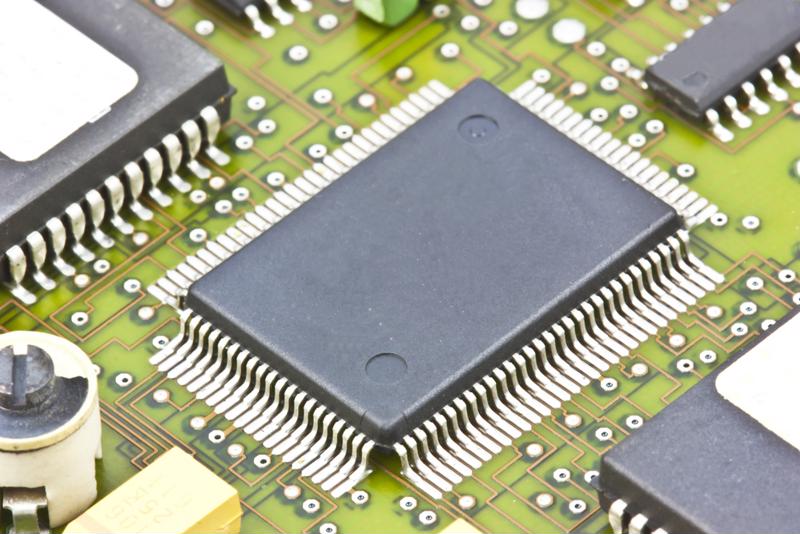While the shortage has lengthened delivery times, manufacturers that rely on semiconductors to complete their processes have been able to adjust to the supply chain crunch, some more successfully than others. Here are a few ways companies and the government are aiming to increase capacity or already have:
Investing in factories to increase output
There are many advantages to being a multinational corporation, and one of them is having the assets to spend on boosting output. This is what Intel plans on doing. As the chipmaker announced in January, Intel intends to build two "leading-edge chip factories" in Licking County, Ohio, which is located in the central portion of the Buckeye State. Intel is committing $20 billion to the project, and construction is slated to begin in 2022 and conclude in 2025.
Upon completion, the factory will span approximately 1,000 acres, which would make central Ohio a leading hub for semiconductor manufacturing.

Expanding supplier base
The supply chain disruptions that so many businesses have encountered have reinforced the importance of strategic sourcing, which involves the ongoing evaluation of sourcing activities. If one supplier isn't able to meet an order, companies have to be able to pivot to one that can. This is something that hardware manufacturer Stanley Black & Decker has prioritized. The maker of household hardware and security products has added two new tier two and tier three chip suppliers, Supply Chain Dive reported.
Don Allan, who serves as president and CFO of Stanley Black & Decker, told stakeholders in an earnings call that this move will increase chip production between 20% and 30% in the second quarter of 2022 compared to the current pace. He added that, presuming demand for its equipment remains elevated, the company should "be able to really meet that … and improve the fill rates of our customers as well as the inventory levels in the store."
Identifying what microprocessors are needed most
Just as microprocessors are used for different end uses, they're also designed for different purposes and industries. As such, some are more in demand than others. As the Commerce Department has discovered, the ones that are the most highly sought after include analog chips, optoelectronic chips and microcontrollers.
Greater awareness of this fact provides developers with the visibility and direction they need to increase output for these microprocessors in particular.



Post A Comment:
0 comments so far,add yours